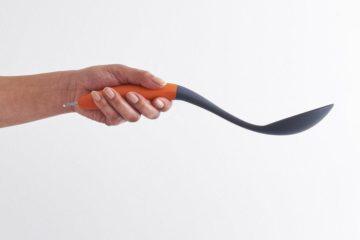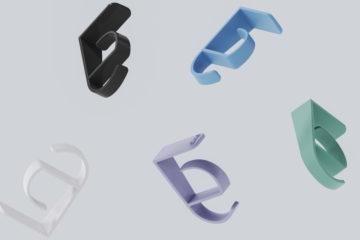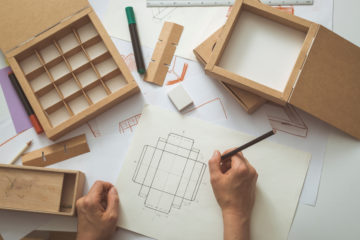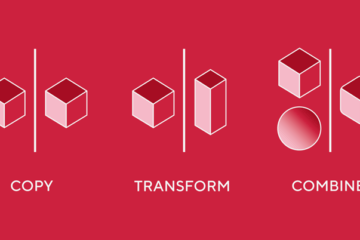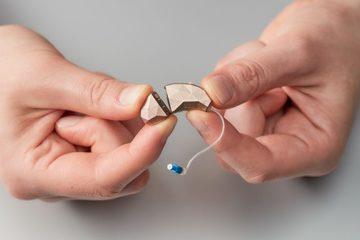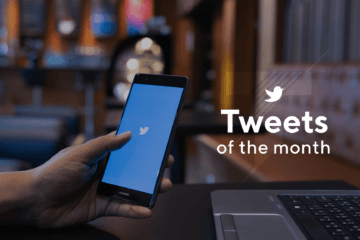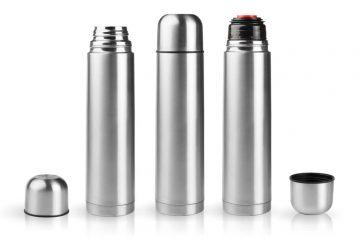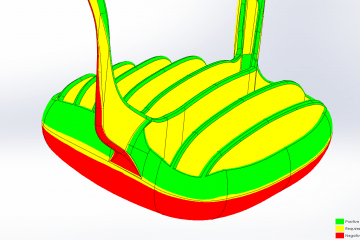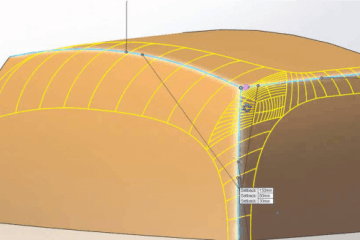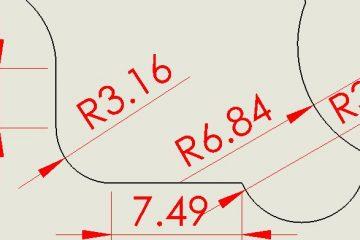
What steps should you proactively take to protect your ideas, designs, and other handmade goods?
What do you do if you suspect another business has copied your creative idea?
There are steps that you can take to proactively protect your work and although nothing is a guarantee, these will help if your work is ever copied:
1. Get A copyright on your work.
Technically, an artist “owns” the rights to their work the moment it is created, but getting a copyright is the official way to to prove you were the first to create and claim the work.
According to the law, copyrights are intended to protect an individual’s rights to an “original design of a useful article which makes the article attractive or distinctive in appearance…” Basically, the law protects the original and distinctive features of your work, including original products and website content.
Applying for a copyright costs about $35 per work/product and can take approximately 6 weeks or less. For an added fee, you can apply for additional rights such as the right to file for statutory damages (you pre-designate how much your work is worth), which can be used later to increase the potential damages you might receive if another is found in court to have violated your copyright.
2. Get your brand or product name trademarked.
Trademarks protect the name, color, sound and design used to identify the work – in other words, a trademark will protect your company name, product line, product name, or brand. Why is this important?
Trademarking your product and brand names ensures no one can copy your brand name, logo, or anything that comes close, making it that much harder for an unknown company to profit from your branding efforts. As many of the legal experts we talked to mentioned, branding is the best proactive tool you have as an artist to discourage competition from companies that knock off other creative companies: Your customers will insist on the original.
WHAT CAN YOU DO IF YOU ARE COPIED?
If another business copies your work, there are steps you can take yourself to resolve the issue effectively without having to go to court.
As many of the legal experts we talked to suggested, litigation should be considered a last resort, especially for a small business. It is extremely expensive and unless you are an established corporation with lawyers on retainer, winning a case will probably cost more than it’s worth.
1. Send a cease and desist letter.
Your communication should state that you obtained a copyright on your work (citing the date of copyright), say that you believe the recipient is infringing on your copyright, and ask that they stop producing the copied work. This type of communication may be enough to get them to stop. Here is an example of a simple cease and desist letter.
2. Send a DMCA take down notice.
This applies in the case of copied website content. If your website content is copied or “scraped” by someone else, you can send the copier’s internet service provider or web hosting company a letter asking that the copied content be removed. The Digital Millennium Copyright Act (DMCA) protects online service providers (like Google,
GoDaddy and YouTube, for example) from liability when their customers copy others’ work. But, to qualify for the DMCA protection, these service providers must remove infringing material upon the request of the copyright owner.
3. File a lawsuit.
Litigating infringements on your products can get very expensive very quickly. Proactively protecting your original products is a necessity, but it is probably not the best plan to take every copycat to court. If it gets to this stage, you will need to decide if it is worth it to your business in the long run.
As a small business or individual artist selling in an online marketplace, it may be more prudent to build a loyal following and accept that another business owner who is not as creative as you may copy your work.
If you focus your efforts on developing unique value in your brand and a loyal following, you will find that copycats will always simply seem behind the trend, while you innovate to success. It is your art, style, and creativity that your customers are interested in, not just one design, and that cannot be copied.
Subscribe to Our Newsletter
Get the latest news from Dienamics into your inbox





